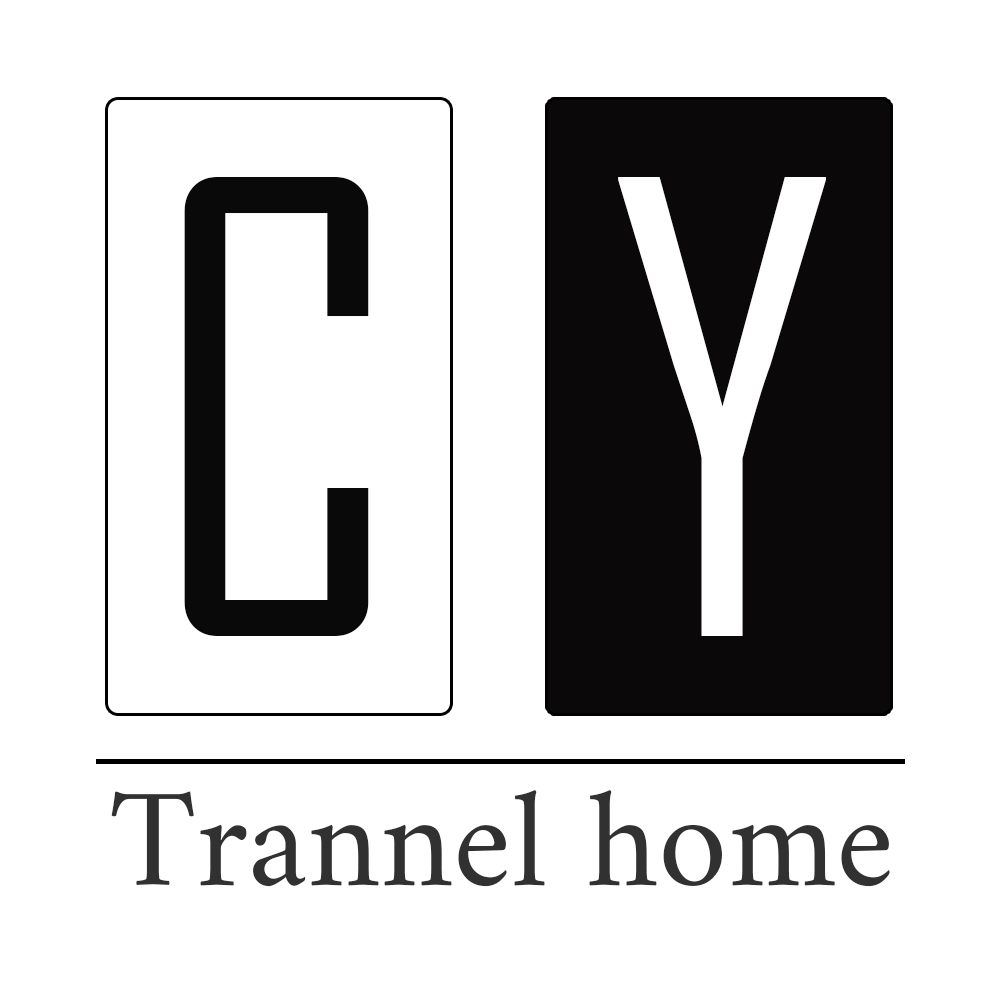Marketing solid wood upholstered furniture to eco-conscious consumers in the U.S. and Europe requires a focus on sustainability, durability, and ethical production. These buyers prioritize environmental impact, material transparency, and long-term value. Here’s how to effectively position and promote your furniture to this audience:
1. Highlight Sustainable & Ethical Material Sourcing
Eco-conscious buyers want to know where materials come from and how they’re harvested.
- FSC-Certified or Reclaimed Wood – Emphasize if your wood is sustainably forested (FSC, PEFC) or reclaimed.
- Low-VOC & Non-Toxic Finishes – Avoid formaldehyde-based glues and toxic stains; promote water-based or natural oil finishes.
- Organic/Upholstery – Use GOTS-certified fabrics, recycled fibers, or plant-based foams (soy, latex) for cushions.
Messaging Example:
“Handcrafted from FSC-certified oak, finished with natural beeswax, and upholstered in OEKO-TEX® certified fabrics—designed for a healthier home and planet.”
2. Emphasize Durability & Anti-Fast-Furniture Appeal
Eco-conscious shoppers avoid disposable furniture. Position your pieces as heirloom-quality investments.
- Lifetime Frame Guarantee – Offer extended warranties (e.g., “Solid hardwood frames built to last generations”).
- Modular/Repairable Design – Highlight replaceable cushions, reversible upholstery, or easy refurbishment options.
- Compare Lifespans – Show how a solid wood sofa outlasts particleboard alternatives (e.g., “Saves 3x landfill waste vs. cheap sofas”).
Messaging Example:
“Why replace a flimsy sofa every 5 years? Our solid wood frames are built for decades—reupholster, don’t replace.”
3. Leverage Carbon-Neutral & Circular Economy Practices
U.S. and European eco-buyers favor brands that minimize environmental footprints.
- Carbon-Neutral Shipping – Partner with offset programs (e.g., Shopify Planet, DHL GoGreen).
- Take-Back Programs – Offer refurbishment or recycling for old furniture (like IKEA’s buy-back but premium).
- Local Craftsmanship – If made in the EU/USA, highlight reduced transport emissions vs. overseas mass production.
Messaging Example:
“Crafted in North Carolina using locally sourced timber—0% overseas shipping emissions.”
4. Transparency & Storytelling
Eco-conscious consumers distrust greenwashing. Build trust with:
- Behind-the-Scenes Content – Show artisans crafting frames, sustainable forestry partners, or eco-friendly workshops.
- Material Traceability – Provide a “materials journey” map (e.g., “This oak grew in sustainably managed German forests”).
- Certifications – Display badges like FSC, GREENGUARD, OEKO-TEX®, or B Corp.
Messaging Example:
“Meet Klaus, our master woodworker in Bavaria—every joint is hand-fitted for longevity, not landfill.”
5. Target the Right Platforms & Communities
Eco-buyers research thoroughly before purchasing. Focus on:
- Pinterest & Instagram – Visual storytelling with tags like #SustainableLiving, #SlowFurniture.
- Eco Marketplaces – List on Etsy (handmade), EcoCult (luxury sustainable), or The Citizenry.
- Influencer Collaborations – Partner with sustainability advocates (e.g., @going.zero.waste, @ecowarriorprincess).
Ad Strategy Example:
Facebook/Google Ads targeting keywords like “sustainable sofa,” “non-toxic furniture,” or “FSC-certified dining table.”
6. Price Positioning: Value Over Cheapness
Eco-shoppers expect higher prices but want justification.
- Cost-Per-Use Framing – “At $0.50/day over 20 years, it’s cheaper than replacing flimsy sofas.”
- Financing Options – Offer “Buy Now, Pay Later” through Klarna or Affirm to ease upfront costs.
Messaging Example:
“Invest in furniture that outlives trends—spread payments over 12 months, guilt-free.”
Key Takeaways for Eco-Marketing Success
✅ Lead with sustainability credentials (certifications, materials).
✅ Sell durability, not just aesthetics (“Buy once, cherish forever”).
✅ Be transparent—show your supply chain and ethical practices.
✅ Engage eco-communities through trusted platforms and influencers.
By aligning with the values of eco-conscious consumers (quality, ethics, and sustainability), you can differentiate your solid wood furniture as the responsible choice in a crowded market.
Final Tagline Inspiration:
“Furniture that loves the planet as much as you do—built to last, designed to sustain.” 🌱



